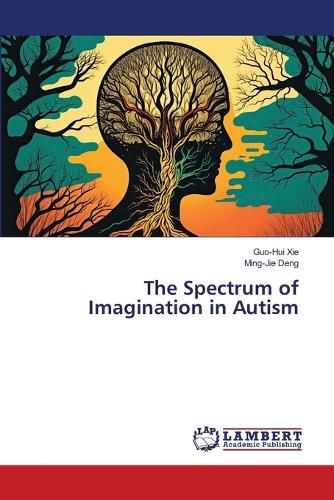Readings Newsletter
Become a Readings Member to make your shopping experience even easier.
Sign in or sign up for free!
You’re not far away from qualifying for FREE standard shipping within Australia
You’ve qualified for FREE standard shipping within Australia
The cart is loading…






Autism spectrum disorder (ASD) is a chronic neuro-developmental disorder that affects the way a person relates to the environment and the people around. The person's capacity to build relationships with others is impaired and so is his/her ability to comprehend others' feelings, too. People with ASD manifest the classical triad of impairments (Wing, 1988) in socialization, communication, and imagination, which includes cognitive and behavioral inflexibility, and hence, affects the way they process information and view the world (Jordan, 1997). The main focus of this monograph is imagination (or imagining), especially how the condition of ASD impairs it, or how the impairment in imagination (or imagining) of a person with ASD affects his/her creativity and cognitive functionality. To understand imagination, the two key axes - (i) the spectrum of imagination and (ii) the types of imagination - will be explored and examined within the contexts of cognitive psychology and neuroscience.
$9.00 standard shipping within Australia
FREE standard shipping within Australia for orders over $100.00
Express & International shipping calculated at checkout
Autism spectrum disorder (ASD) is a chronic neuro-developmental disorder that affects the way a person relates to the environment and the people around. The person's capacity to build relationships with others is impaired and so is his/her ability to comprehend others' feelings, too. People with ASD manifest the classical triad of impairments (Wing, 1988) in socialization, communication, and imagination, which includes cognitive and behavioral inflexibility, and hence, affects the way they process information and view the world (Jordan, 1997). The main focus of this monograph is imagination (or imagining), especially how the condition of ASD impairs it, or how the impairment in imagination (or imagining) of a person with ASD affects his/her creativity and cognitive functionality. To understand imagination, the two key axes - (i) the spectrum of imagination and (ii) the types of imagination - will be explored and examined within the contexts of cognitive psychology and neuroscience.